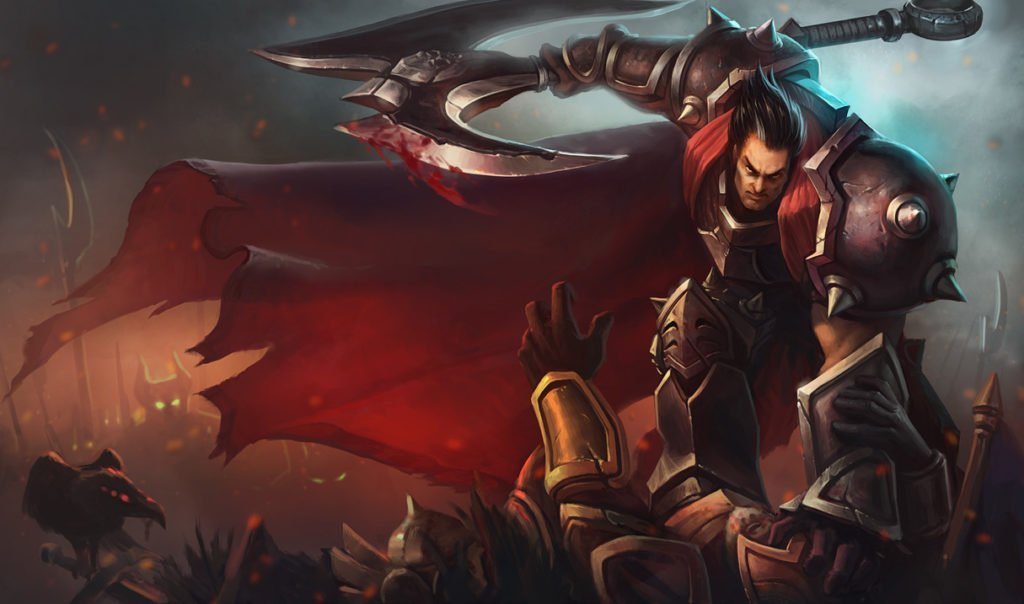League of Legends: the new classes and subclasses explained
With well over a hundred champions in League of Legends at this point, Riot recently took a look at, and reevaluated, how the game will categorize the many different champions. Far from simplifying the vast range of characters and playstyles, Riot is hoping to instead create an easier to understand vocabulary when referring to champions.More than just referring to the role each champion currently has in the game, the new system is also meant to clearly show the intent of each character. Doing so will provide a better target for the development team to aim for, and will allow players to better see the trajectory and thought behind future changes. The terms connote not only similar strengths, but also similar weaknesses.

With well over a hundred champions in League of Legends at this point, Riot recently took a look at, and reevaluated, how the game will categorize the many different champions. Far from simplifying the vast range of characters and playstyles, Riot is hoping to instead create an easier to understand vocabulary when referring to champions.
More than just referring to the role each champion currently has in the game, the new system is also meant to clearly show the intent of each character. Doing so will provide a better target for the development team to aim for, and will allow players to better see the trajectory and thought behind future changes. The terms connote not only similar strengths, but also similar weaknesses.
Even within each class however, there was still too much variation. So, Riot is creating subclasses as well, each meant to immediately connote the skills and focus of each champion in League of Legends.
Tanks:
Tanks are those best suited for taking the damage and disrupting the enemy, even if they can’t deal all that much damage themselves. Within that framework however, there are the subclasses of Vangard and Warden. Vangards are champions like Leona, meant to initiate the fight, what Riot describes as “Offensive Tanks.” Wardens on the other hand are defensive, like Braum. Meant to hold the line no matter what, they are built around keeping allies out of the line of fire.
Fighters:
One of the broadest of the previous classes, Fighters, durable, melee damage dealers, have been split into two subclasses as well, Juggernauts and Divers. Juggernauts, like Darius, can take damage and deal it, but have limited range and are easily kited. Not quite as durable, Divers are then much more mobile, like Vi.
Slayers:
Both meant to be vunerable, but high damage, classes of characters, Slayers are made up of Assassins and Skirmishers. Focused of mobility and incredibly high damage, Assassins are meant to get behind enemy lines and wreak havoc. With less burst-damage potential, but equipped with more defensive abilities, Skirmishers are built to survive in a fight (if they’re careful) but can still deal huge amounts of sustained damage.
Mages:
Broken into three subclasses, all mages are still offensive casters. Burst mages, like Lux, are meant to single out vulnerable targets and bring down a ton of damage in a short period of time. Alternatively, Battle Mages aim to be in the middle of the fight, laying out AOE damage. Then, Artillery Mages excel at long range, but suffer if an enemy can ever get close.
Controllers:
Taking the place of Support, Controllers are magic users more concerned with buffing allies and disrupting enemies than dealing damage. Within that though, there’s the subclasses of Enchanters, specializing in the buffing, and Disruptors, specializing in locking down the enemy and dictating the flow of battle.
Marksmen:
And lastly, Marksmen do not actually have any subclasses just yet. Despite the wide range of playstyles found within the group, Riot admits they have yet to decide the best way to break it apart. Marksmen, as a whole, are the ranged damage dealers who often rely on their basic attacks and skirt the edge of battle.
–
As for whether or not the classes and subclasses will help players better understand League of Legends, we’ll just have to wait and see. Until then, what do you think of the new categories? Let us know in the comments.